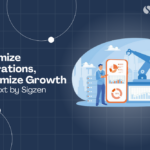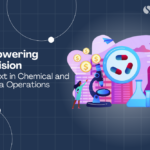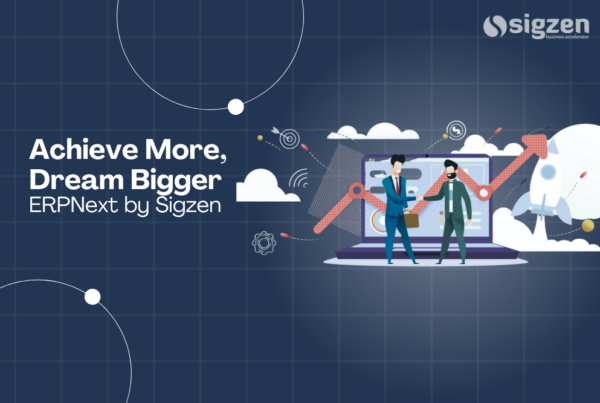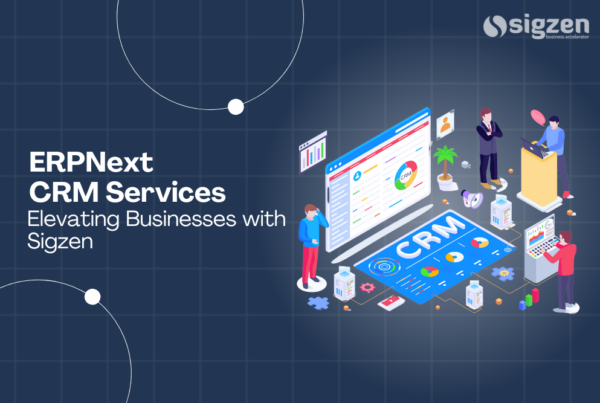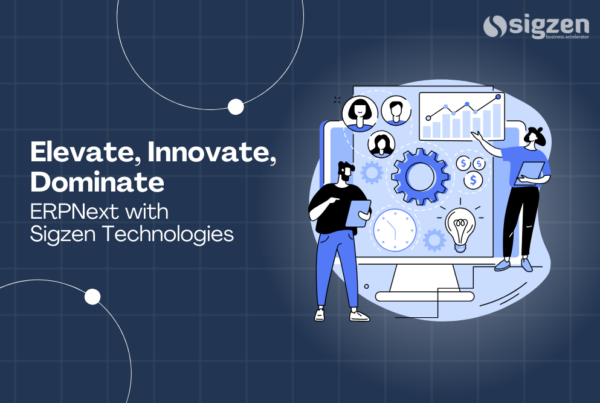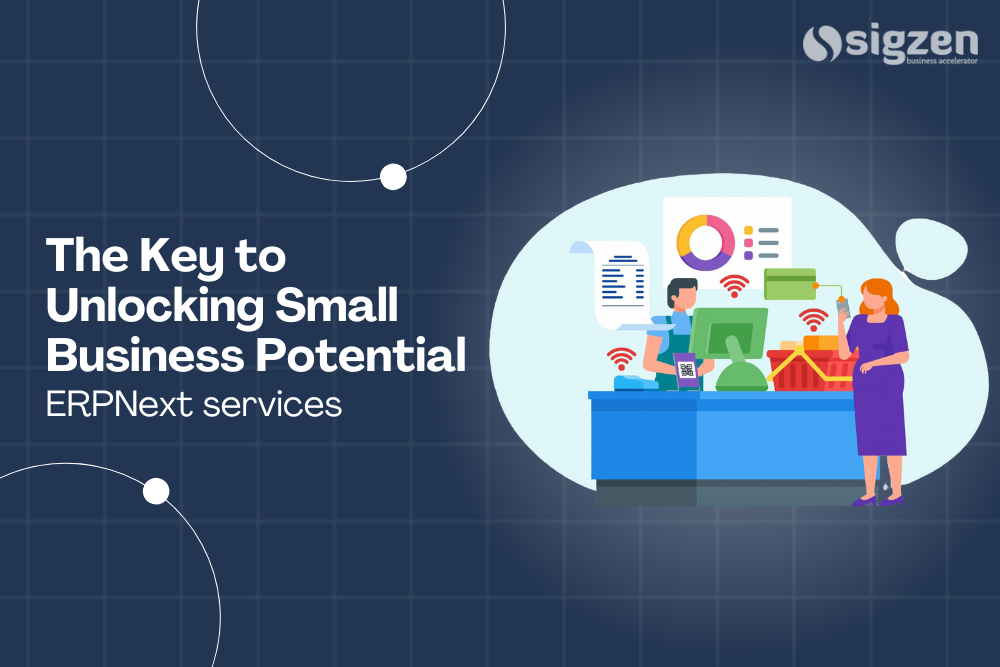
Introduction
Enterprise resource planning (ERP) software is a suite of integrated applications that helps businesses manage their core processes, such as accounting, manufacturing, sales, and human resources. ERP systems have been around for decades, but they are evolving rapidly to meet the needs of modern businesses.
One of the most promising new ERP solutions on the market is ERPNext. ERPNext is a cloud-based, open-source ERP system that is quickly gaining popularity. There are several reasons why ERPNext is the future of ERP.
What is ERPNext?
ERPNext is a cloud-based, open-source ERP system developed and maintained by the Frappe Technologies Foundation. It is a powerful and versatile ERP solution that businesses of all sizes can use. ERPNext is built on the Frappe Framework, a powerful open-source framework for building web applications.
Why ERPNext is the Ultimate Solution for Small Businesses
There are many reasons why ERPNext is the ultimate solution for small businesses. Here are just a few:
- Cloud-based: ERPNext is a cloud-based solution that can be accessed from anywhere with an internet connection. This is a significant advantage for businesses with remote employees or multiple locations.
- Open-source: ERPNext is open-source and free to use and modify. This allows businesses to customize the software to meet their specific needs.
- Scalable: ERPNext is scalable, meaning it can grow with your business. As your business grows, you can easily add new modules or users to ERPNext without replacing the entire system.
- Innovative: ERPNext is constantly being updated with new features and functionality. This ensures that you are always using the latest and greatest technology.
- Affordable: ERPNext is an affordable solution accessible to businesses of all sizes.
How ERPNext Can Help Your Small Business
ERPNext can help your small business in several ways, including:
- Improving efficiency and productivity: ERPNext can help you streamline your processes and improve your efficiency. This can free up your time so you can focus on growing your business.
- Increased visibility and control: ERPNext can provide you with a single view of your data, which can help you make better decisions. This can help you improve your profitability and reduce your risk.
- Reduced costs: ERPNext can help you save money on IT costs and manual labor. This can help you improve your bottom line.
- Improved compliance: ERPNext can help you comply with industry regulations. This can help you avoid costly fines and penalties.
- Enhanced flexibility and scalability: ERPNext is a scalable system that can grow with your business. This can help you avoid replacing your ERP system as your business grows.
Key Features of ERPNext
ERPNext offers many features that can help businesses improve their efficiency and productivity. Some of the key features of ERPNext include:
- Accounting: ERPNext includes a comprehensive accounting module to help businesses track their financial transactions.
- Manufacturing: ERPNext includes a manufacturing module to help businesses manage manufacturing processes.
- Sales: ERPNext includes a sales module to help businesses manage their sales pipeline and track their sales performance.
- Human resources: ERPNext includes a human resources module to help businesses manage their employee data and track employee performance.
- Projects: ERPNext includes a project module that can help businesses manage their projects and track their progress.
- CRM: ERPNext includes a CRM module to help businesses manage customer relationships.
The future of ERPNext
The future of ERPNext is bright. Cloud-based ERP systems like ERPNext are becoming increasingly popular as they offer several advantages over traditional on-premises systems. These advantages include:
- Lower costs
- Increased flexibility
- Easier scalability
- Improved security
We expect more innovative and user-friendly ERP solutions to emerge as cloud computing technology evolves.
Implementing ERPNext: Best Practices and Considerations
Implementing ERPNext can be complex, but many best practices can help businesses transition smoothly. Some of the key considerations for implementing ERPNext include:
- Business requirements: The first step is to understand the organization’s specific business requirements. This will help determine which ERPNext features are essential and how the system should be customized.
- Data migration: The next step is to migrate the organization’s data to ERPNext. This can be a complex process, but several tools and resources are available to help businesses with the migration.
- Training: Once the system is implemented, it is essential to provide training to employees on how to use ERPNext. This will help to ensure that the system is used effectively and efficiently.
Addressing Common Concerns and Challenges
There are several common concerns and challenges that businesses face when considering ERPNext. Some of these concerns include:
- Security: Businesses may be concerned about their data security in the cloud. However, ERPNext is a secure system that uses industry-standard security measures to protect data.
- Customization: Businesses may be concerned about the ability to customize ERPNext to meet their specific needs. However, ERPNext is a highly customizable system that can be modified to meet the needs of any business.
- Complexity: Businesses may be concerned about the complexity of implementing ERPNext. However, ERPNext is a relatively easy system to implement, and several resources are available to help businesses with the implementation process.
- Support: Businesses may be concerned about the level of support available for ERPNext. However, ERPNext has a large and active community of users and developers who can provide support.
Conclusion
ERPNext is a powerful and versatile ERP solution that can help businesses of all sizes improve their efficiency and productivity. If you are looking for a cloud-based, open-source, scalable, innovative, affordable, and secure ERP system, ERPNext is an excellent option.
